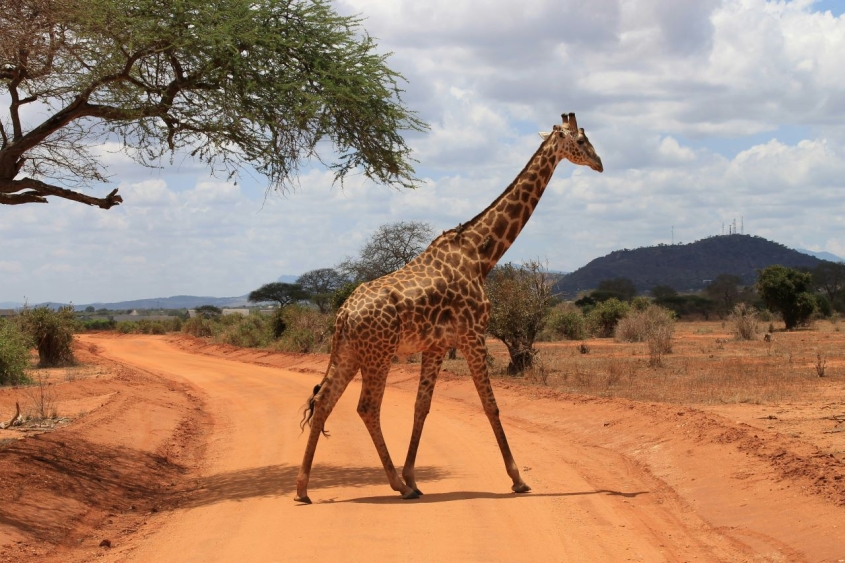How body weight drives mammal diversity
It turns out that size matters — at least it does for land mammals and their lifestyles. This fact was revealed in a recent study published a paper in the journal BMC Ecology and Evolution. “Body mass has a pervasive influence on nearly every aspect of a species’ ecology, life history and evolution,” says senior author Dr. Brandon Hedrick, assistant professor in the Department of Biomedical Sciences.
“It’s hard to imagine an animal that is as large as an elephant evolving to live completely underground or in the trees,” says Hedrick. While this statement might seem obvious, it’s not self-evident why this is the case. To understand how body size determines the relationship between body shape and function, the scientists analyzed the relationship between forelimb shape and body mass. They used a dataset of over 600 species of terrestrial mammals and measured each species’ arm, forearm, hand and finger bones to see how the variety of possible shapes of these bones might relate to body mass, evolutionary lineage and locomotion.
The results revealed an elegant correlation between mammals’ body mass and lifestyle. Very small mammals weighing less than a rat (0.3 pounds) have relatively similarly-shaped forelimbs, but a wide diversity of locomotor modes from scuttling along the ground and in burrows to climbing trees. Mammals in the next weight category, up to roughly one pound, have more diverse forelimb shapes and locomotor modes, such as gliding, climbing or swimming.
Forelimb morphological (shape and size) diversity peaked in the mid-sized (at an average of 82 pounds) mammals, which include species such as deer, kangaroos, sloths and foxes.
Morphological diversity began to decrease in mammals over about 115 pounds. Hedrick hypothesizes that the mechanical stress of heavier bodyweight puts evolutionary pressure on these bigger species to sport more robust, long bones, an upright foot posture and limited ways of moving (think: moose and giraffe). “Basically, the larger you are, the more specialized and closely adapted you have to be to the locomotor mode you use,” says first author and former Hedrick lab post-doc Dr. Priscila Rothier. “If you’re a mouse, you might be able to fluidly move from movement mode to another, but if you’re an elephant supporting your body weight, you have to really specialize your skeleton to handle that much weight.”
The results from their study were surprisingly clear cut: “Science is often messy,” Hedrick says. “However, our trends here were so robust that we may have uncovered a general trend on how body size determines limb evolution.” In fact, Hedrick’s team found a similar trend in birds last year.
The group hopes to investigate if this relationship holds true across more branches of the animal kingdom. “We will continue to probe this question in the future,” Hedrick says. “These first few studies are very encouraging that we’re on the track of uncovering something very cool.”
However, the team’s discoveries go beyond cool — they are instrumental in understanding earth’s biodiversity. “By examining key aspects of evolution, such as changes in body size and limb structure, we gain insight into how animals have adapted to specific ecological niches, how vulnerable they are to the loss of those niches, and how long these adaptations took to develop,” Hedrick says. “Evolution is a slow and complex process, and once a species goes extinct, it is lost forever. Our studies offer both scientists and the public an accessible and compelling window into the richness and fragility of life on Earth.”
Written by Lauren Cahoon Roberts





